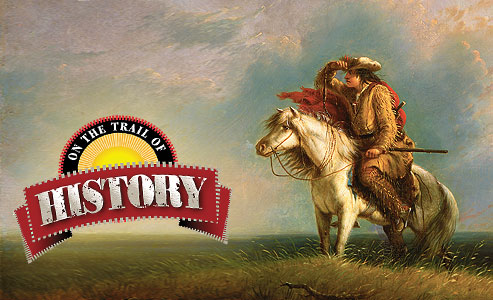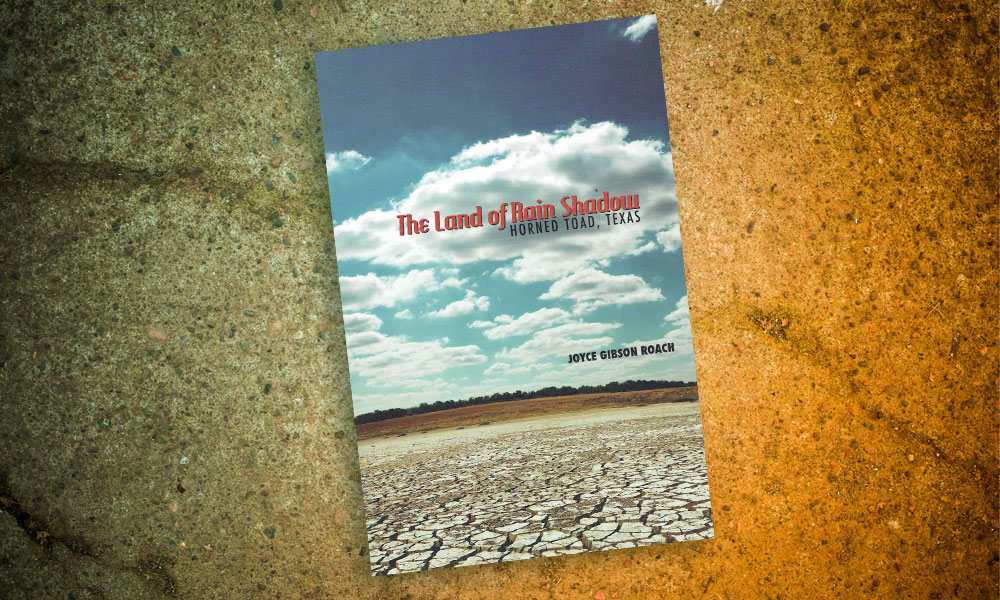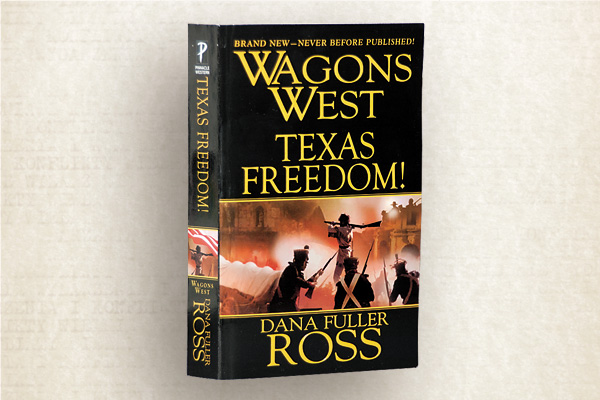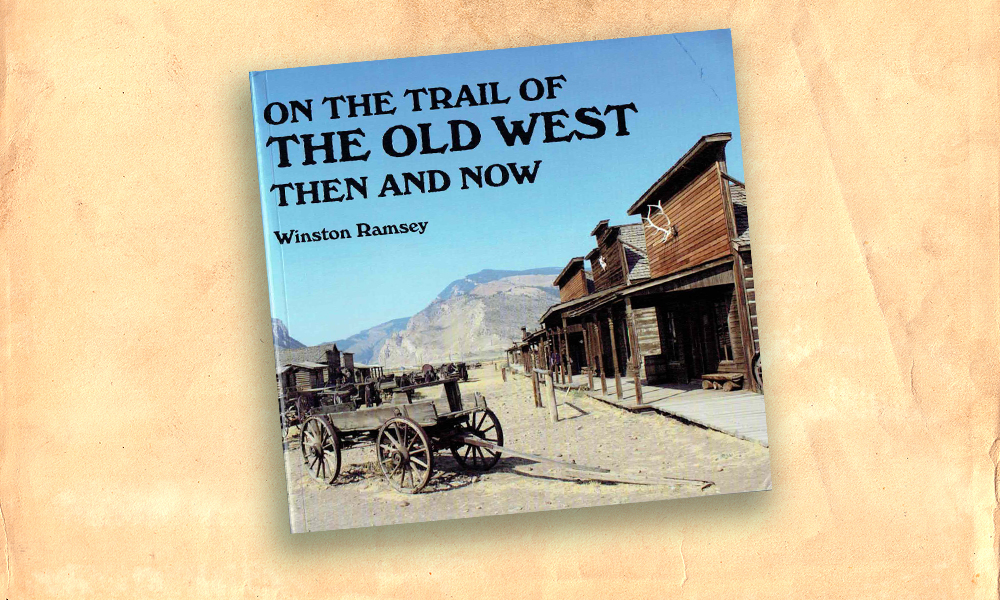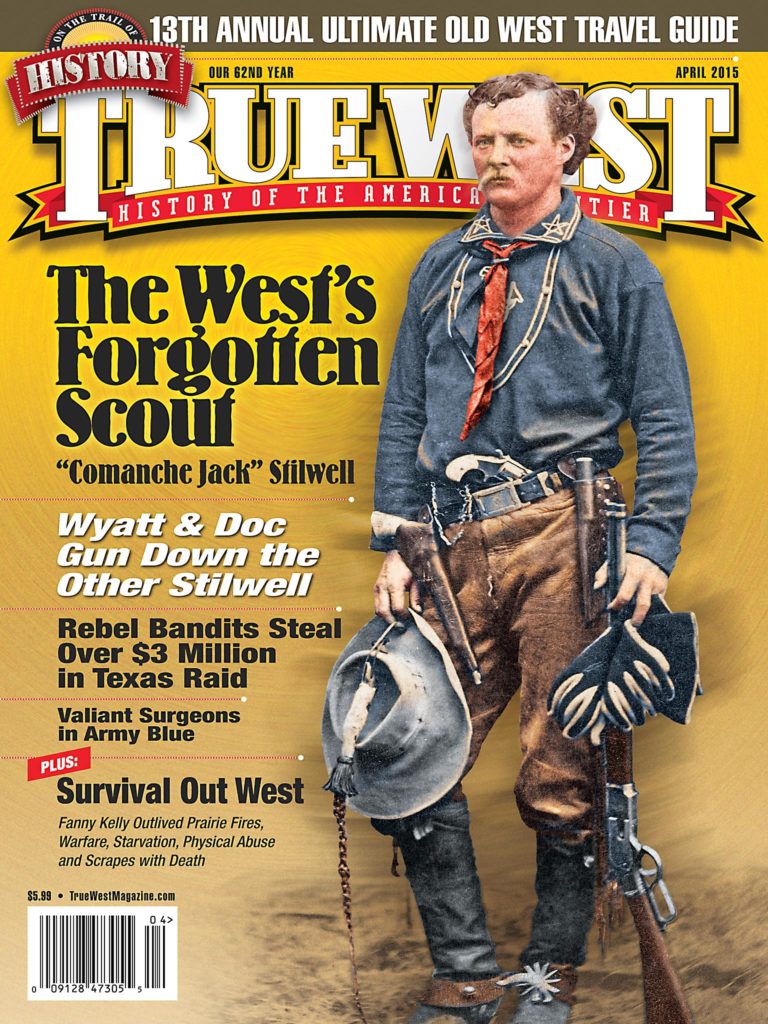Kit Carson’s New Mexico
The life of the famed trapper, trailblazer and soldier is poignantly remembered across the state.
By Ollie Reed Jr.
“’The most hated white guy in American history?’ Kit Carson. Debate Rages After Park Name Change in Taos” read a headline in the June 22, 2014, edition of the Albuquerque Journal.
The Journal story is about the Taos Town Council’s efforts to change the name of Kit Carson Memorial Park to something less offensive to people who brand Carson an Indian killer. Later the council compromised, voting to retain the Carson name for a portion of the park—the cemetery in which the frontiersman and his family are buried.
Admired by some, despised by others, Carson is as controversial today as he was colorful in his own time.
To many, Kit Carson was a hero, a man who helped open the West by acting as guide for soldier/explorer John Charles Fremont on three expeditions—a courageous American who served his country during the Mexican War, the Civil War and in campaigns against the Apache, Navajo, Comanche and Kiowa peoples; a decent man who ignored orders from hissuperiors to kill the men of enemy Indian tribes on sight.
Those who paint Carson a villain point to the suffering endured by the Navajo people during and after his fight with them in 1863-64. In order to subdue the Navajos, Carson burned crops, destroyed orchards and killed livestock, pushing the tribe to the brink of starvation. Following their surrender, hundreds of Navajos died during forced marches of 350 to 450 miles to the Bosque Redondo Reservation at Old Fort Sumner, New Mexico. Another two thousand died during the four years they were held at Bosque Redondo, a harsh place of alkaline water, saline soil and scarce firewood.
Was Carson or U.S. policy to blame?
He was born in Kentucky, raised in Missouri and he died in Colorado, but whatever else Carson may have been, he was and is every bit New Mexican. You can pick up his trail almost anywhere in the state. We’ll start in Santa Fe, but, we won’t linger there because Carson didn’t.
In August 1826, when he was 16, Carson abandoned an apprenticeship to a saddlemaker in Franklin, Missouri, and signed on as a stock handler with a caravan bound for Santa Fe. The party arrived in Santa Fe late in the fall of that year, but Carson left almost immediately for Taos, 70 miles to the northeast. Taos served as headquarters of the Southwest fur trade and as the wintering grounds of mountain men—that reckless, adventurous breed Carson would soon join.
To get to Taos from Santa Fe, take U.S. 84-285 to Espanola and N.M. 68 from Espanola into Taos. It’s a beautiful drive, especially in the late summer or fall. As you approach Taos, mountains and gorges spill out onto high plains studded by juniper, piñon pine, sage and brilliantly yellow chamisa. Taos itself is set against the backdrop of an exceptionally impressive segment of the Sangre de Cristo Mountains.
First stop in Taos is the Kit Carson Home and Museum, on Kit Carson Street, just east of the plaza. Carson bought this place in 1843, the year he married Josefa Jaramillo. They lived much of their life together in this house and raised their family here. Visitors can watch a 20-minute video about Carson’s life and take in exhibits that include photos and paintings of the Carson family, Carson’s military saber, Josefa’s sewing kit and lots more. Admission is $5 to $7, and children 13 and younger are free.
From the Carson home, walk the short distance west to the plaza. This is one of the few places in the country where the U.S. flag is permitted to fly 24 hours day. That fact pays homage to an incident during the Civil War, in which Carson and his friends Smith H. Simpson, Ceran St. Vrain and Tom Boggs re-erected the flag after it had been removed by Southern sympathizers. They then stood guard by Old Glory day and night to protect it from additional indignities.
On Bent Street, just north of the plaza, is the Governor Bent House and Museum. Charles Bent was the first civil governor of New Mexico under American rule. His wife was Josefa Carson’s sister. Kit Carson was in California with Fremont in 1847, so Josefa was in the Bent home on the morning of January 16 of that year when Taos Indians and others intent on overturning the young American government forced their way into the house, killed Governor Bent and scalped him. Josefa, her sister and others managed to escape by digging through an adobe wall. Today you can see the escape hole in the wall and the iron spoon and poker supposedly used to do the digging. Admission is $3.
The park that was the subject of the name-change controversy is in the northeast section of town, within walking distance of the plaza. Stately ravens frequent the grounds, which include the graves of Kit and Josefa. They died within weeks of each other in 1868 in Colorado and were buried there. But in less than a year, in response to Carson’s previously expressed wishes, their bodies were moved to Taos.
From Taos, drive east on U.S. 64 through the small ski village of Angel Fire and on through the former gambling town of Eagle Nest into the magnificently rugged Cimarron Canyon State Park, where mule deer stroll along the highway. The canyon dumps you into the small community of Cimarron, 60 miles east of Taos, and onto the Cimarron Cutoff portion of the Old Santa Fe Trail, the route taken by the caravan Carson joined in 1826. Now, it is N.M. 21 that leads past the St. James Hotel, founded in 1872 and open for business today. Near the hotel is the Old Mill Museum, housed in a gristmill built in 1864 by Lucien Maxwell, a former trapper, owner of the immense Maxwell Land Grant and Carson’s friend and business associate. The museum displays exhibits related to area history. Admission is free.
Continuing 14 miles south on N.M. 21, you will come to Rayado, where, starting in 1849, Carson and Maxwell were partners in a ranching business that supplied forage, meat, livestock and supplies to the U.S. Army and others. Today, the Boy Scouts of America operate the Kit Carson Museum in Rayado, a replica of Carson’s ranch house. Volunteers in frontier attire
demonstrate 1850s skills such as blacksmithing, cooking, shooting and tomahawk-throwing. Admission is free.
From Rayado, drive 23 miles along N.M. 21 to Springer, where you get onto I-25 South and start back to Santa Fe. On the way, take Exit 366, the Watrous Exit, 28 miles north of Las Vegas, N.M., to Fort Union National Monument, where you can see the adobe remnants of the old Army fort where Carson served as commander in late 1865 and early 1866. The Mountain Route and the Cimarron Cutoff branches of the Santa Fe Trail converge at this site, so Carson would have passed through here in 1826. It is still possible to see wagon ruts from the old trail. After the fort was built in 1851, Carson visited here in his role as a rancher providing food, livestock and supplies to the Army.
From Fort Union, continue 94 miles south on I-25 to Santa Fe and the end of the Kit Carson trail.
Detour
Bosque Redondo Memorial
Start in Santa Fe, but instead of heading to Taos, take this long detour (158 miles) to Old Fort Sumner and the monument and museum devoted to the tragic story of the imprisonment here of Navajoa and Mescalero Apaches after they were subdued by Carson.
Get on I-25 North and drive eight miles to the Lamy exit onto U.S. 285 South, continue south to Clines Corners and I-40, drive east on I-40 to Santa Rosa, exit south onto U.S. 84 and drive 45 miles to Fort Sumner, turn east onto U.S. 60-84 and drive three miles to a right turn onto a paved road that leads to the memorial. The museum is open daily. Admission is $3.
Carson was superintendent at Bosque Redondo for three months in 1864 before being assigned to fight Comanches in Texas. Just North of the memorial is the Old Fort Sumner cemetery. Outlaw Billy the Kid is buried here, as is Carson’s friend, Lucien Maxwell.
Side Roads
Places to Visit: New Mexico History Museum, Santa Fe, NM • Palace of the Governors, Santa Fe • Kit Carson Home & Museum, Taos • Governor Bent House & Museum, Taos • Fort Union National Monument, Watrous • Fort Craig Historic Site, 35 miles south of Socorro • Old Mill Museum, Cimarron • Kit Carson Museum at Rayado, Rayado • Bosque Redondo Memorial at Fort Sumner State Park, Fort Sumner • Canyon de Chelly National Monument, Chinle, AZ.
Celebrations & Events: Fort Union Days, June 20-21, Fort Union National Monument, Watrous • Fiestas de Taos, July 17-19, Taos • Feast of San Geronimo, September 29-30, Taos Pueblo, three miles northeast of Taos.
Good Eats, Sleeps and Reads
Good Grub: El Meze (Taos) • La Cueva (Taos) • St. James Hotel (Cimarron) • The Porch (Cimarron).
Good Lodging: Kachina Lodge (Taos) • El Pueblo Lodge (Taos) • Historic Taos Inn (Taos) • St. James Hotel (Cimarron).
Good Books: Blood and Thunder: An Epic of the America West by Hampton Sides • Kit Carson & His Three Wives: A Family History by Marc Simmons • Kit Carson: The Life of an American Border Man by David Remley.
Ollie Reed Jr., a newspaper reporter in Corrales, N.M., is an editor of and a contributor to Max Evans and a Few Friends, published by Rio Grande Books.

